hydraulic cylinder
Hydraulic cylinders and seals are used to lift beds and winches, operate presses, and push, support and squeeze heavy loads. Hydraulic cylinders are linear actuators that provide forward and backward motion under pressure. They are commonly used in manufacturing, processing, recycling and agricultural machinery, as well as mining and other industries where electric or pneumatic tools may produce sparks. Hydraulic seals prevent fluid from leaking from the chamber and prevent dirt from contaminating the fluid to extend the life of the cylinder and ensure that the cylinder operates at full capacity.

Hydraulic Cylinder for Sale
As a hydraulic cylinder manufacturer, we will do our best to serve you. If you need customized products, or the products you need are not found on our website, or need a product catalog, don’t worry, more of our products are still being uploaded. You can email us directly, and we will reply to you within 24 hours!
-
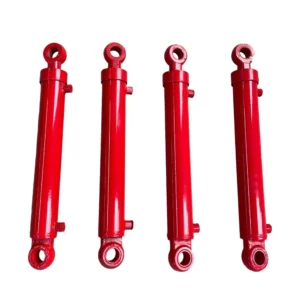
China Car Lift Hydraulic Cylinder Non-standard Can Be Customized
-

China High Quality Long Stroke Hydraulic Cylinder
-

China Hydraulic Oil Cylinder Manufacturer For Excavator
-
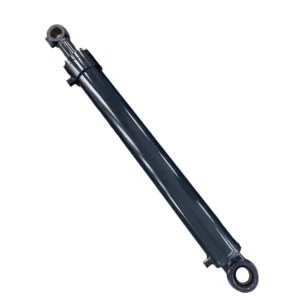
China Professional Small Hydraulic Cylinder Can be Customized According to Demand
-
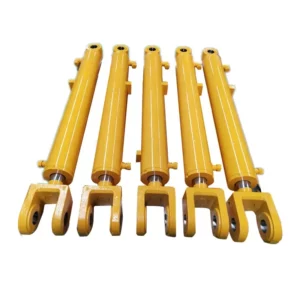
China Small Hydraulic Cylinder Can be customized according to demand
-
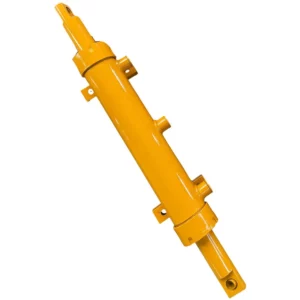
CHINAMFG Factory Direct Sale Double Acting Telescopic Hydraulic Cylinder
-

Construction Machinery And Equipment Processing Customized Two-way Hydraulic Cylinder
-
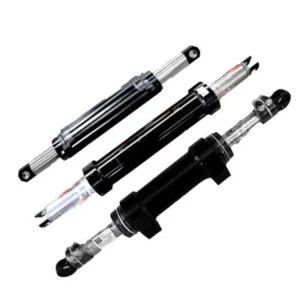
Crane Agricultural Tilt Lift Steering Distance Adjustment Forklift Hydraulic Cylinder
-
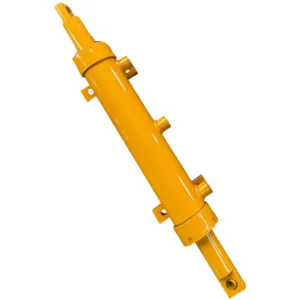
Custom Loader Special Bucket Loader Bucket Transfer Cylinder Hydraulic Cylinder 3 Ton
-

Custom Loader Special Tip Bucket Cylinder Hydraulic Cylinder
-
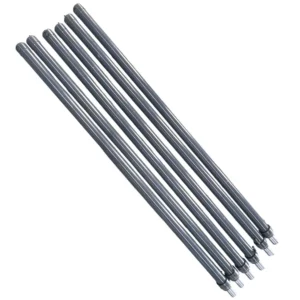
Customer Customized Forklift Special Lifting Cylinder Small Hydraulic Cylinder for Robot
-

Double Acting Telescopic Hydraulic Cylinder
Hydraulic Cylinder Application
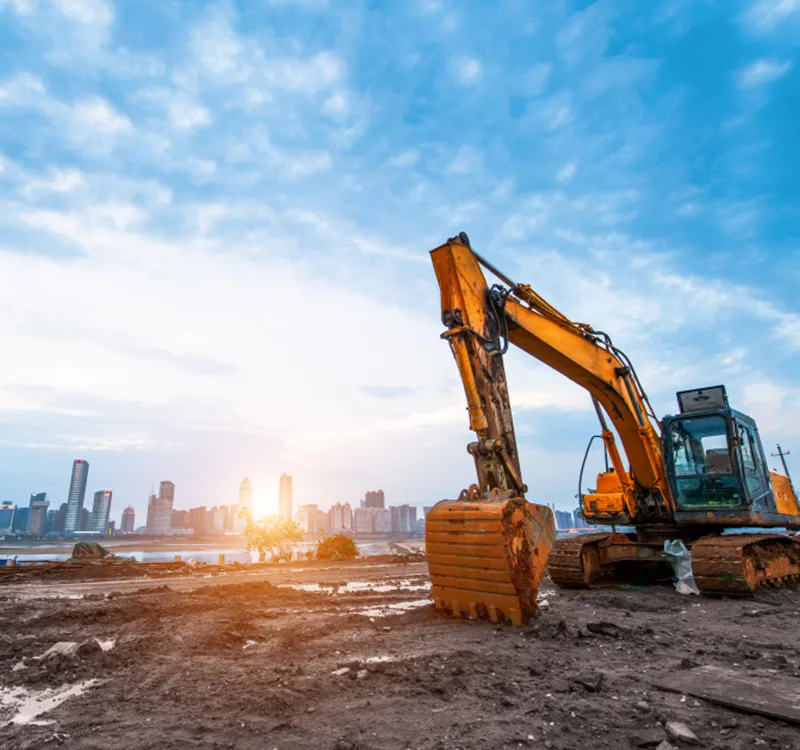
Construction Equipment
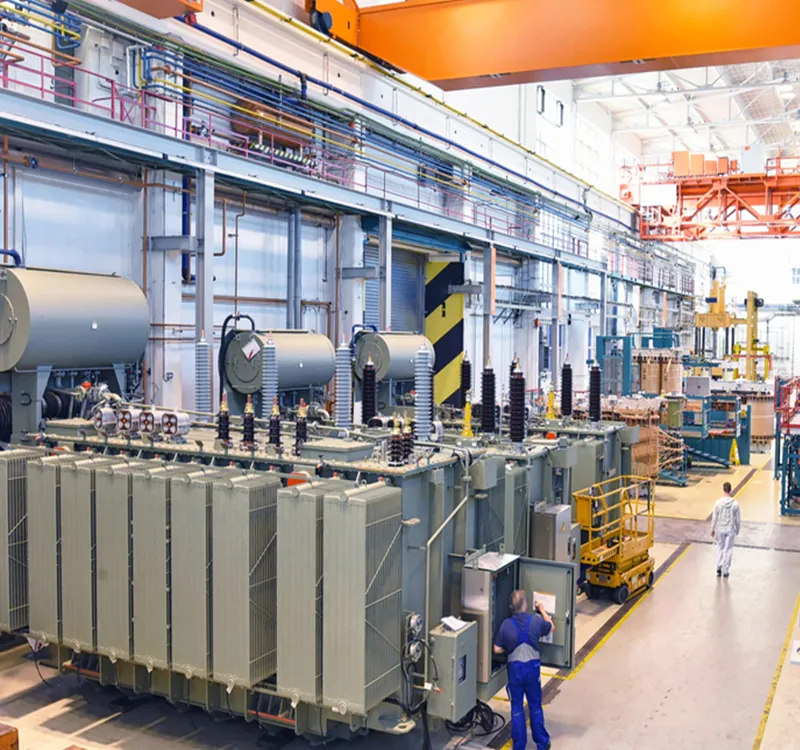
Manufacturing Machinery
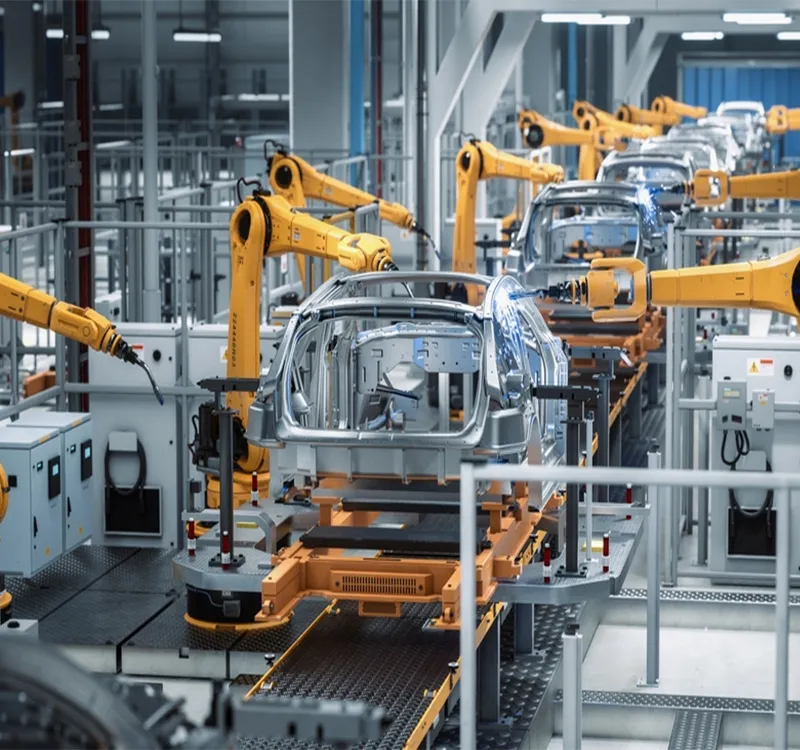
Automotive Industry
How Does A Hydraulic Cylinder Work
A hydraulic cylinder works based on the principles of fluid mechanics, particularly Pascal’s law, which states that when pressure is applied to a confined fluid, the pressure change is transmitted undiminished to all portions of the fluid and to the walls of its container. Here’s a basic overview of how a hydraulic cylinder functions:
Components of a Hydraulic Cylinder
The main components include a cylinder barrel, piston, piston rod, head, base, and seals. The cylinder barrel houses the piston and the piston rod. The piston divides the inside of the cylinder into two chambers, the head-end and the rod-end.
Fluid Flow
Hydraulic fluid is pumped into one of the cylinder’s chambers. In a double-acting cylinder, the fluid can enter through either end, allowing for controlled extension and retraction of the piston rod. In a single-acting cylinder, the fluid enters only one side, and a spring or external force is used for the return stroke.
Pressure Application
When the hydraulic fluid is pumped into the cylinder, it applies pressure against the piston, causing it to move. This movement is due to Pascal’s law. The pressure exerted by the fluid is equal throughout the system, allowing for the conversion of hydraulic energy into mechanical energy.
Piston Movement
As the piston moves, it either pushes or pulls the piston rod, depending on the design and application. This movement can be linear (straight line) or rotary (circular motion, achieved through additional mechanical components).
Transfer of Force
The movement of the piston and piston rod transfers force to the machine component or load attached to the end of the rod. This enables tasks such as lifting, pushing, or pulling heavy loads.
Control Mechanisms
Valves control the flow of hydraulic fluid into and out of the cylinder, regulating the speed and force of the piston movement. By adjusting these valves, operators can precisely control the movement and positioning of the piston rod.